Architecture patterns in the world: some basic knowledge
There are many Architecture Patterns like
Microkernel
Micro-services
Layered architecture
event-based
…
Architecture patterns in the world: a full list and more knowledge
Architectural Patterns are widely used templates that provide proven solutions to common problems encountered in software development. These patterns offer a way to structure software applications in a way that makes them flexible, maintainable, and scalable.
The goal of architectural patterns is to provide a blueprint for solving complex problems in a simple and elegant manner. These patterns are a set of best practices and guidelines that have been accumulated over years of experience in software development. They help to streamline the development process by reducing the amount of time spent on making design decisions.
The following are some of the popular architectural patterns:
Model-View-Controller (MVC) pattern: This pattern separates an application into three distinct components: the model, the view, and the controller. The model represents the data and business logic, the view represents the user interface, and the controller handles user interactions and updates the view and model.
Model-View-ViewModel (MVVM) pattern: This pattern is similar to the MVC pattern, but it provides a clear separation between the model, the view, and the view model. The view model is responsible for exposing the data and behavior of the model to the view, and for processing user inputs.
Model-View-Presenter (MVP) pattern: This pattern is similar to the MVC and MVVM patterns, but it provides a clear separation between the model, the view, and the presenter. The presenter is responsible for handling user interactions, updating the view, and communicating with the model.
VIPER: VIPER is a more complex architectural pattern that is designed to improve the structure and maintainability of iOS apps. It follows the Single Responsibility Principle (SRP), which states that each component should have a single, well-defined responsibility. VIPER is composed of five components: the View, which is responsible for displaying the user interface; the Interactor, which is responsible for managing the business logic; the Presenter, which is responsible for preparing and presenting the data; the Entity, which represents the data objects; and the Router, which is responsible for managing navigation. By breaking the app into smaller components, VIPER helps to promote code reuse and improve maintainability.
Microservices pattern: This pattern involves breaking down a large application into a set of smaller, independent services that can be developed and deployed independently. This pattern enables teams to work more effectively and reduces the risk of releasing broken features.
Event-Driven Architecture pattern: This pattern is used to build scalable, distributed systems that process a large volume of events. The pattern uses event-driven communication to allow the components of the system to communicate and respond to changes in a loosely coupled manner.
Service Oriented Architecture (SOA) pattern: This pattern involves breaking down an application into a set of services that can be reused across multiple applications. This pattern enables teams to work more effectively and reduces the risk of releasing broken features.
Layered architecture : also known as the N-tier architecture, is a design pattern that separates the application into multiple, distinct layers of abstraction. Each layer has a specific responsibility and communicates with only the adjacent layer, leading to a clear separation of concerns. This pattern is commonly used in enterprise applications and helps to increase the modularity and maintainability of the codebase. A typical example of a layered architecture is the Model-View-Controller (MVC) pattern in iOS development.
Microkernel: is an architectural pattern that is used in software development. In this pattern, the core functionality of a system is separated into a minimal kernel and the remaining functionality is provided by separate components that run as independent processes. The core functionality of the microkernel includes basic communication between components, and the components themselves contain the majority of the functionality. This pattern is useful for systems where adding or changing functionality is common, as it makes it easier to change or add components without affecting the entire system. Additionally, the separation of functionality into separate components can improve system security and modularity, as components can be isolated from one another. Microkernel architecture is commonly used in operating systems, but can also be applied to other types of software systems.
When choosing an architectural pattern, it is important to consider the specific requirements of your project and choose a pattern that is well suited to your needs. It is also important to keep in mind that no single pattern is a silver bullet, and that you may need to use multiple patterns in combination to achieve your desired results.
In conclusion, architectural patterns are a powerful tool for software development, providing a set of proven solutions to common problems. By using these patterns, developers can streamline their work and build software applications that are flexible, maintainable, and scalable.
REF
https://medium.com/m/global-identity?redirectUrl=https%3A%2F%2Ftowardsdatascience.com%2F10-common-software-architectural-patterns-in-a-nutshell-a0b47a1e9013

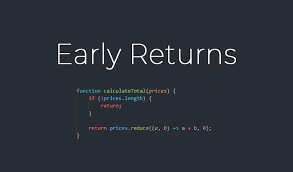
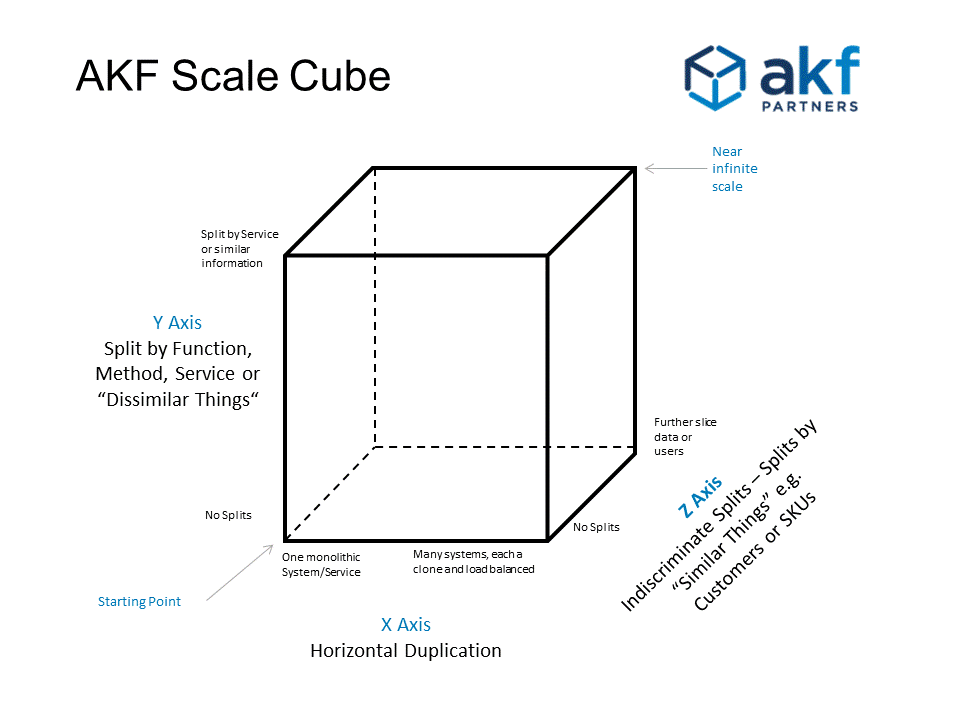

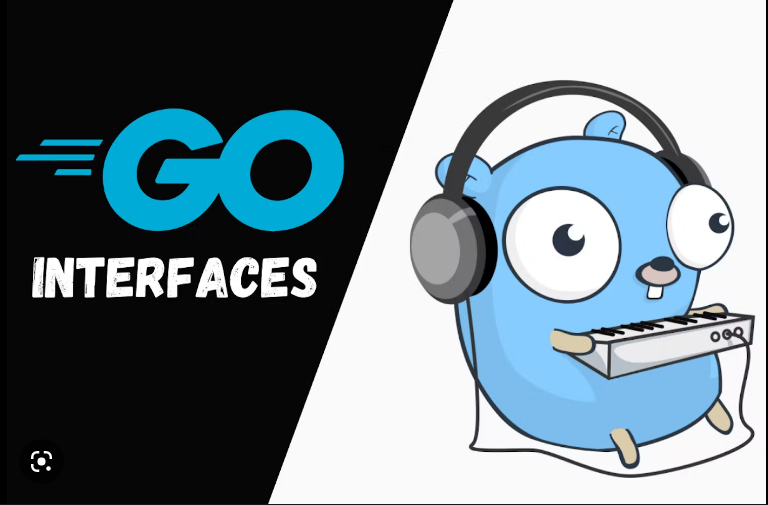
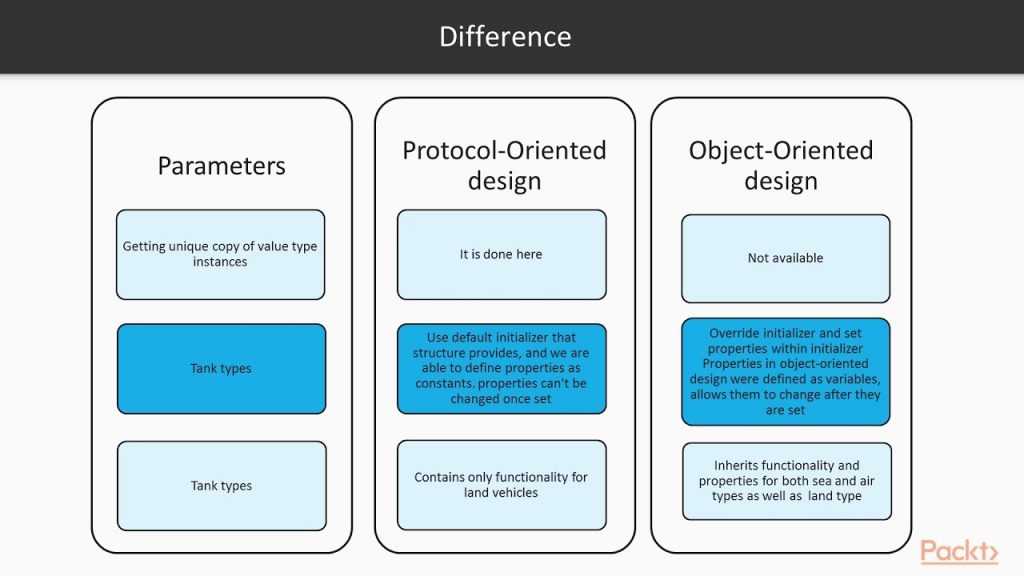
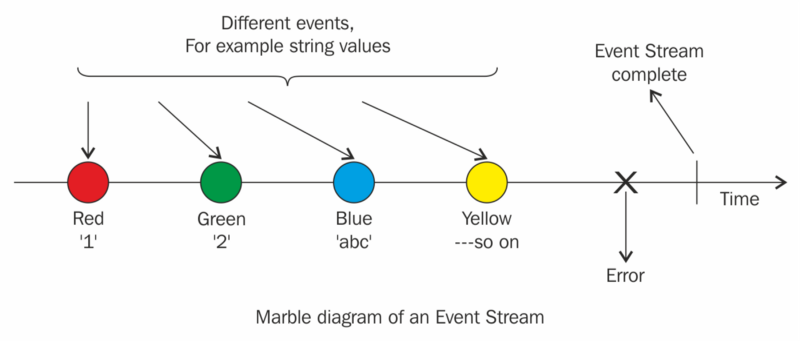
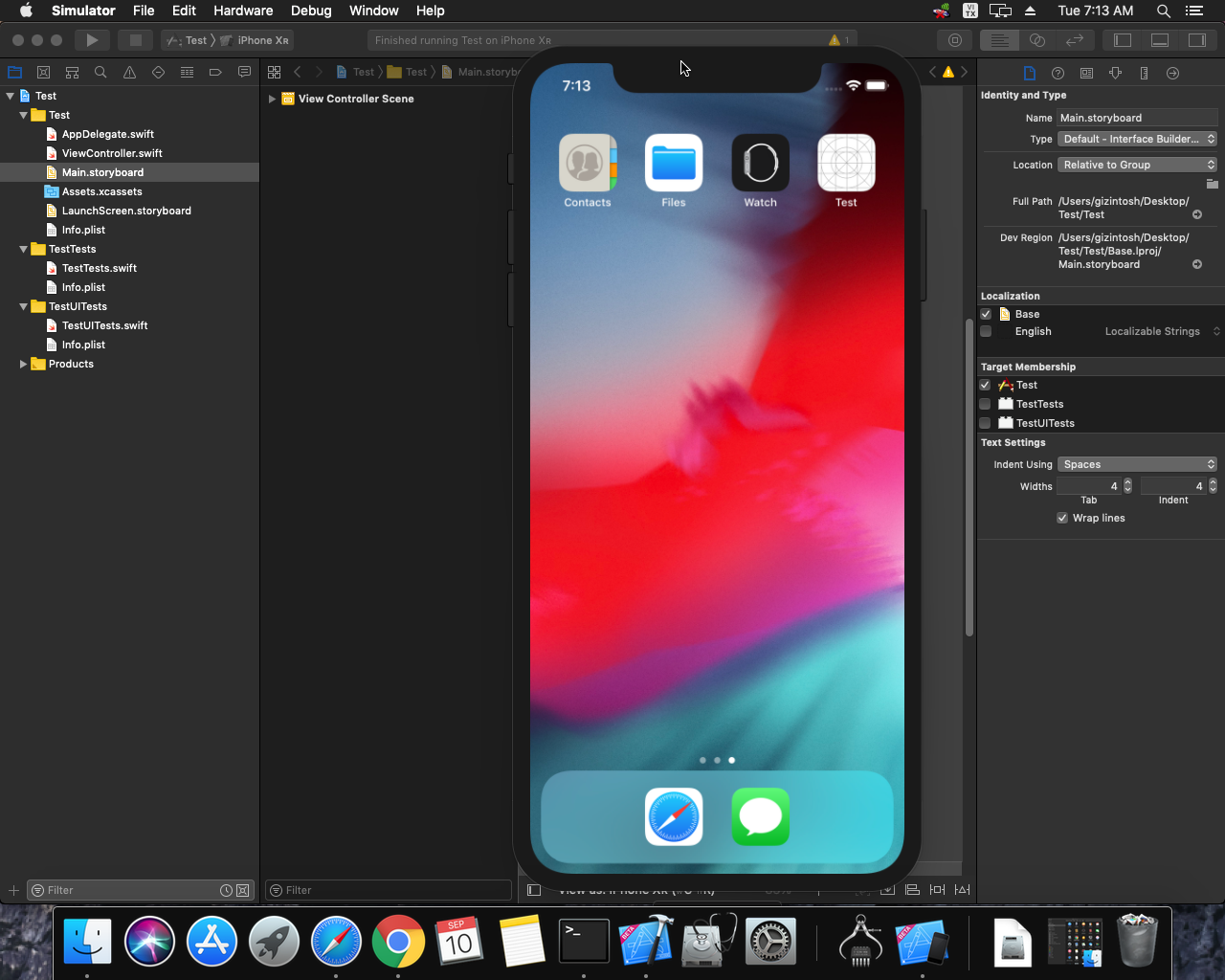
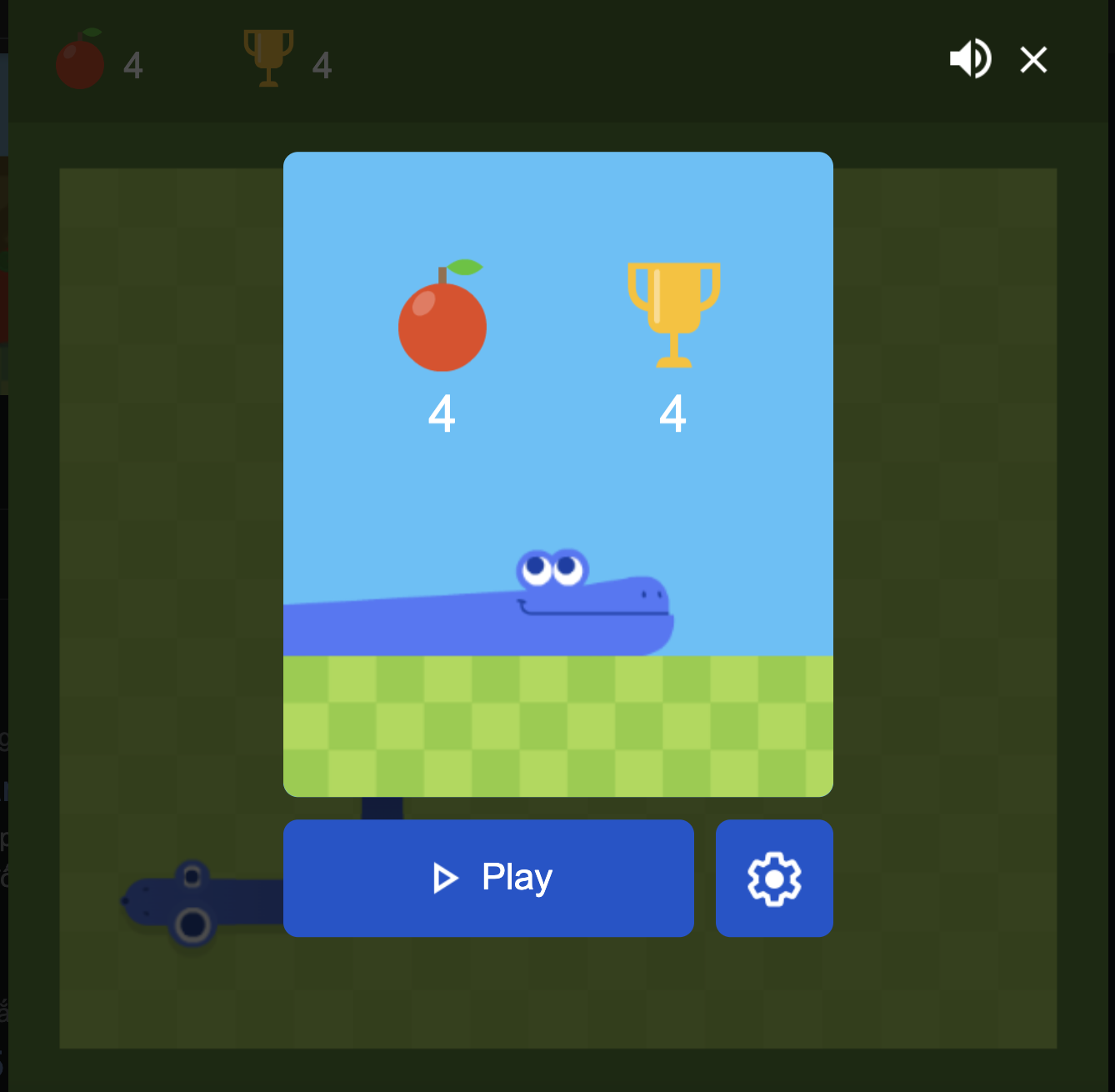 Khoá học lập trình game con rắn cho trẻ em
Khoá học lập trình game con rắn cho trẻ em 


